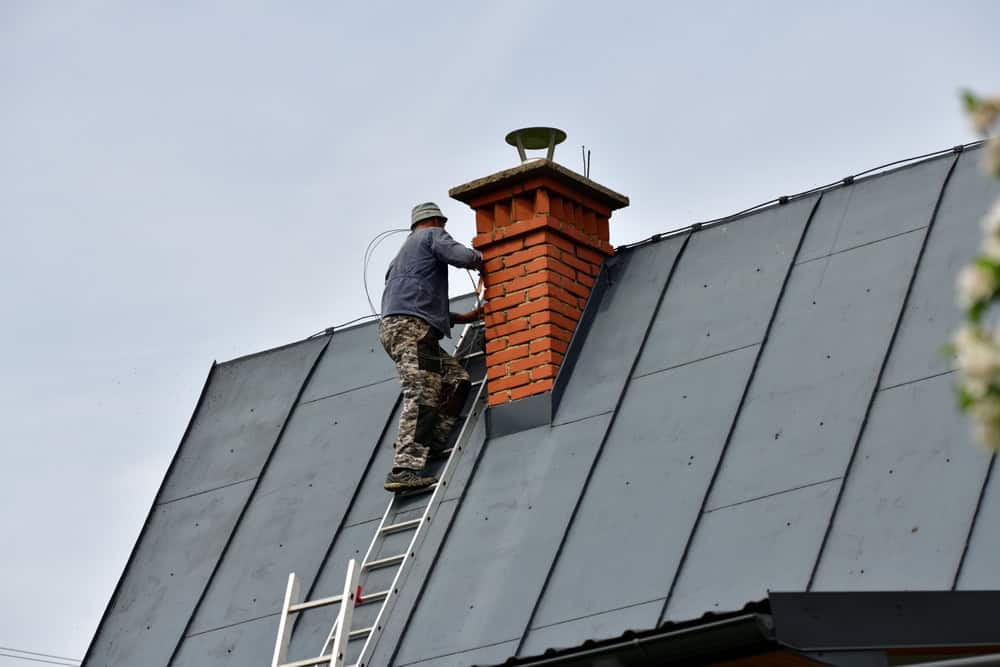CSI certified technicians with over two decades of experience installing quality stainless steel chimney liners throughout Portsmouth.

Hear from Our Customers

Your chimney liner isn’t just a metal tube. It’s the barrier protecting your home from carbon monoxide, preventing dangerous gases from seeping into your living space. When installed correctly, you get consistent draft performance that keeps your fireplace or stove burning efficiently.
A quality stainless steel chimney liner also stops moisture from destroying your chimney structure from the inside out. Portsmouth’s coastal climate makes this protection even more critical. You’re looking at years of reliable heating performance without the constant worry about safety or expensive repairs.
The right installation means your system meets current safety codes. That matters for insurance coverage and when you eventually sell your home. You want this done once, done right, by people who actually know what they’re doing.
Certified Chimney Inspections has been handling chimney work in Portsmouth since 2000, with our company formally established in 2016. Our experienced team has been working together for over two decades.
All our technicians are CSI (Chimney Safety Institute of America) certified. That certification means we’ve proven our knowledge of proper installation techniques, safety protocols, and current codes. It’s not just experience – it’s verified expertise.
We maintain higher quality control standards than most competitors in the Portsmouth area. We also operate a retail stove store, which means we understand heating systems from every angle, not just the chimney side.

First, we inspect your existing chimney to determine the correct liner size and identify any structural issues that need addressing before installation. This isn’t a sales pitch – it’s a necessary step to ensure the liner fits properly and functions safely.
Next comes the actual installation. The stainless steel liner gets carefully lowered down your chimney and connected at both ends with proper fittings. The top connection includes appropriate caps and termination hardware. The bottom connects to your appliance with the right connector for your specific fireplace or stove.
Finally, we test the system to verify proper draft and check all connections. You get documentation showing the installation meets current safety standards. The whole process typically takes a full day, depending on your chimney’s height and any complications we encounter.

Ready to get started?
You get a complete stainless steel liner system sized specifically for your chimney and heating appliance. That includes the liner itself, proper top termination with cap, bottom connection hardware, and any necessary insulation for your specific installation.
The work includes removal of old liner materials if needed, though that’s not always necessary. We handle all the connection work at both ends – the critical parts that determine whether your system works safely and efficiently.
Every installation comes with proper documentation for your records. This matters for insurance purposes and future service needs. We also provide a free estimate upfront, so you know exactly what you’re paying before any work begins. In-house financing is available if you prefer to spread the cost over time.
